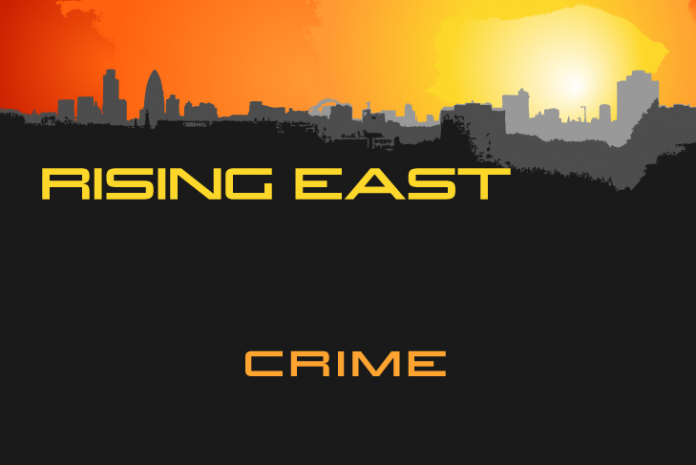Matt Banji sees ‘gang culture’ as the logical outcome of London’s housing estates.
Take an evening stroll through the glass towers of Canary Wharf or the affluent streets of Kensington and Chelsea. Just by gallivanting around these open spaces and wide roads, you’ll feel relaxed. Try the same thing on North Peckham or the Stockwell Park Estate, and you’ll immediately feel the pressure – even if you’re not run off by teenagers telling you you’ve got no business being there.
My point is: in some parts of London the pressure is built-in to the very fabric of the place. In these parts, broken glass, graffiti and anti-social behaviour are only an extension of the local architecture. Whereas other areas of the city are built to let you breathe more easily: they invite you to value yourself, and to think highly of the other people around you.
This element is largely ignored in TV shockumentaries such as Ross Kemp on Gangs and Reggie Yates: Teen Gangs. Yes, these shows acknowledge the existence of ‘gang culture’. But from the way they present it, you’d think that the youths who get caught up in gangs must have made a big mistake somewhere along the line. It’s made to look as if they’ve read their own situation dead wrong. But what if they were simply following the logic of the circumstances they found themselves in?
Looking for protection from a built environment which is inherently alienating and hostile; making £90 an hour running errands for the wrong people when doing the right thing, e.g. stacking shelves and flipping burgers, will leave you with £30 for a whole week. You can’t help thinking: who in their right mind would do anything else?
The logic of these estates leads to criminal behaviour. It’s built into the foundations. To make a difference, we’re going to have to knock them down and start again.

